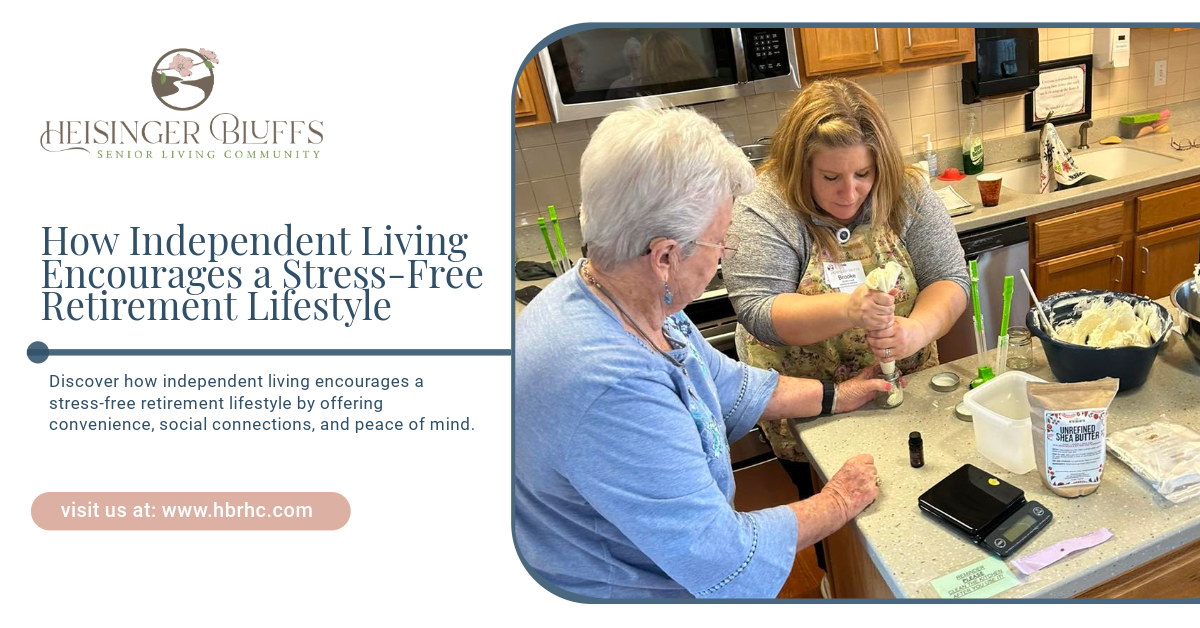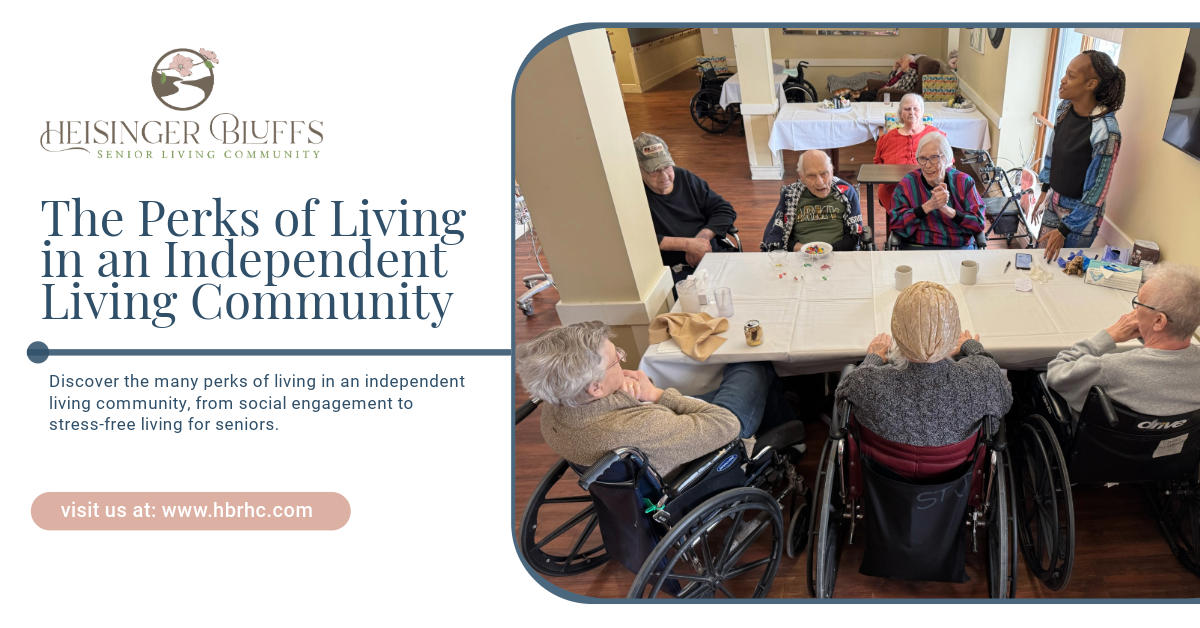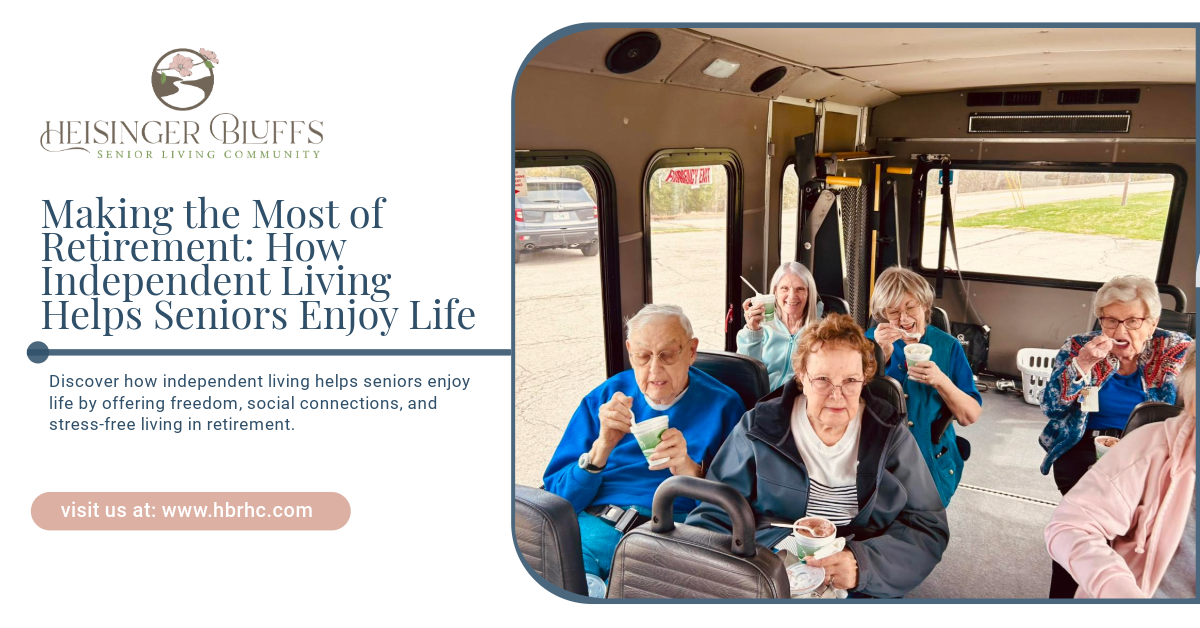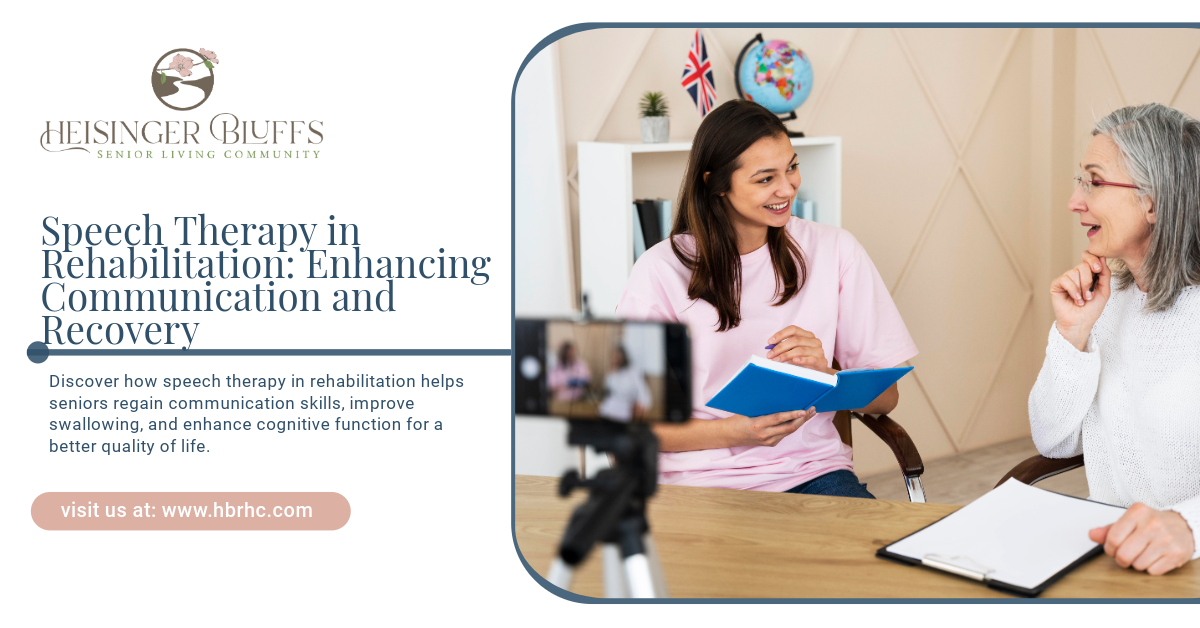Get in touch
Transforming Caregiving in Jefferson City, Missouri: Unveiling the Magic of Dementia Fidget Toys
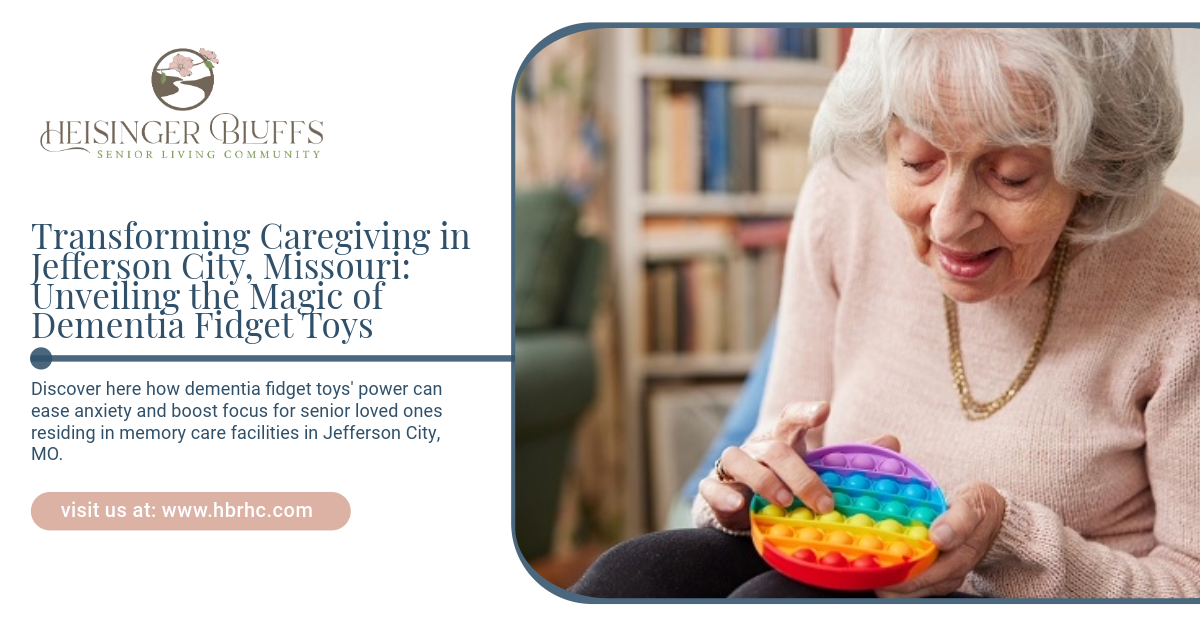
Understanding Dementia and Stimulation in Jefferson City
For individuals with dementia, particularly those elderly individuals living in memory care facilities in Jefferson City, Missouri, sensory stimulation is not just beneficial; it's essential. Engaging the senses can have a profound impact on their well-being, offering cognitive benefits and improving their quality of life.
Importance of Sensory Stimulation
Sensory stimulation is the activation of one or more of the senses, including sight, sound, smell, taste, and touch. For individuals with dementia, sensory experiences can provide comfort, evoke memories, and encourage moments of connection with others. Multi-sensory stimulation techniques, such as fidget toys, have been found to be effective in reducing agitation and improving communication.
Providing sensory stimulation is also crucial for reducing anxiety and promoting relaxation. When individuals with dementia engage with sensory objects, such as stuffed animals for dementia patients or textured items, it helps create a sense of calm and can also serve as a positive distraction from discomfort or confusion.
Cognitive Benefits of Engagement
Engagement with stimulating items or activities not only offers immediate sensory satisfaction but can also yield cognitive benefits. Studies have indicated that tools like dementia fidget toys can improve cognitive function and memory, helping elderly individuals stay calm and focused while maintaining brain activity.
Furthermore, these toys can help stimulate the brain and maintain dexterity, which can potentially slow the progression of the disease and delay cognitive decline. The use of sensory gifts for dementia patients is a form of non-pharmacological intervention that has demonstrated positive effects on people living with dementia, particularly in long-term care settings.
Such engagement is not only about stimulating the brain but also about preserving the senior person's identity and autonomy. By selecting gifts for dementia patients that resonate with their personal history or preferences, caregivers can help facilitate meaningful interactions and provide a sense of normalcy and pleasure in the daily lives of those in their care. Through continuous assessment and adjustment, caregivers can ensure that the selected activities and stimuli remain appropriate and beneficial for the individual's ever-changing needs.
Fidget Toys in Memory Care of Seniors in Jefferson City, MO
Fidget toys have emerged as a beneficial tool in the landscape of memory care, particularly for individuals living with dementia. These toys are designed to engage the senses and provide a soothing outlet for restlessness and anxiety.
What Are Fidget Toys?
Dementia fidget toys are specialized items that are easy to handle and manipulate, providing sensory stimulation through touch, sight, and sometimes sound. They come in various shapes, sizes, and textures, catering to the diverse preferences and needs of individuals with dementia. These toys might include features such as buttons, zippers, beads, soft fabrics, or different surfaces to fidget with.
Fidget toys are not just for children; they play a significant role in adult memory care, especially those aging, by offering a tactile experience that can help redirect attention and ease stress. For a comprehensive guide to selecting gifts for dementia patients, including fidget toys, our resource provides numerous options tailored to the needs of seniors in care.
The Role of Fidget Toys
The role of fidget toys in memory care is multifaceted. They serve as a non-pharmacological intervention to reduce agitation and improve communication in elderly individuals with dementia. By engaging the hands and mind, these toys can help decrease wandering and restlessness, which are common behaviors in individuals with dementia. This is critical in memory care facilities where maintaining a calm and safe environment is paramount.
Furthermore, fidget toys can provide a sensory outlet for individuals, helping to reduce anxiety and promote relaxation. The repetitive motion of fidgeting has a calming effect and can serve as a focal point for individuals who may otherwise feel overwhelmed or disoriented.
As with any intervention, it is crucial to personalize fidget toys to the senior individual's preferences and needs. A toy that is meaningful and enjoyable for one person may not be effective for another. Continual assessment and adjustment of the tools used is necessary to ensure that they remain engaging and beneficial over time. For ideas on personalizing toys for dementia patients, our collection of resources can assist caregivers in finding the right sensory stimulation for their loved ones.
In conclusion, the introduction of fidget toys into memory care practices offers a practical approach to enhancing the well-being of aging individuals with dementia. These toys not only provide comfort but also support cognitive functions, making them a valuable addition to care strategies in facilities like those found in Jefferson City, Missouri.
Selecting the Right Fidget Toys for Senior Dementia Patients
When it comes to enhancing the welfare of individuals with dementia, particularly those elderly living in memory care facilities in Jefferson City, Missouri, selecting the right dementia fidget toys is a step that requires thoughtful consideration. These toys can be a source of comfort, engagement, and cognitive stimulation, but only if they align well with the individual's preferences and abilities.
Personalization for Effectiveness
Personalization is key to the effectiveness of fidget toys in promoting engagement and reducing agitation. As research indicates, fidget toys should be tailored to the aging individual's preferences and needs for maximum impact. Caregivers and family members should consider the individual's history, hobbies, and interests when choosing a toy. For instance, someone who enjoys knitting may find comfort in a toy with looping threads or a soft, textile surface.
It's also beneficial to observe the senior patient’s current behaviors and preferences. Some may enjoy toys that provide auditory feedback, while others might prefer tactile or visual stimuli. The selection process should be thoughtful and, where possible, involve the person with dementia in the decision-making process. For more personalized gift ideas, consider looking at gifts for dementia patients.
Safety and Appropriateness
Safety and appropriateness are paramount when selecting fidget toys for elderly individuals with dementia. Toys should be chosen with consideration of the person's cognitive and physical abilities to ensure they are safe and can be used independently without causing harm.
When evaluating the safety of a fidget toy, consider the following:
- Size: Toys should be large enough to prevent accidental swallowing.
- Durability: Toys must withstand frequent use without breaking.
- Ease of Use: Toys should be simple to manipulate without frustration.
Additionally, avoid toys with sharp edges, small detachable parts, or any toxic materials. The toy should be easy to clean and maintain, as hygiene is an important aspect of care for those with dementia, most specifically seniors. Comfort items for dementia patients also need to be selected with these safety considerations in mind.
In summary, when selecting fidget toys for individuals with dementia, personalization, safety, and appropriateness are the primary factors to consider. By focusing on these aspects, caregivers can provide meaningful and beneficial engagement tools that enhance the quality of life for aging people living with dementia.
Benefits of Fidget Toys to Senior Dementia Care in Jefferson City, Missouri
Fidget toys, also known as sensory toys, are gaining recognition for their therapeutic benefits in individuals with dementia. These benefits range from calming effects to cognitive stimulation and are particularly relevant for memory care residents in Jefferson City.
Reducing Anxiety and Agitation
One of the primary benefits of dementia fidget toys is their ability to alleviate feelings of anxiety and agitation in individuals with dementia. A study referenced by PubMed highlights that fidget toys serve as a sensory outlet, promoting relaxation and reducing stress levels. Similarly, resources like Being Patient and Bethesda Health affirm the calming and soothing effects fidget toys can provide, helping to maintain a serene and focused state of mind.
These benefits are particularly important when considering gifts for dementia patients, as they contribute to a higher quality of life and overall well-being.
Improving Focus and Dexterity
Fidget toys are not only beneficial for emotional regulation but also for maintaining and improving focus and dexterity. The act of manipulating a fidget toy requires a certain level of manual dexterity, which can help to preserve motor skills in elderly dementia patients. Moreover, the concentration needed to engage with a fidget toy can improve overall attentiveness, making these toys functional as well as therapeutic.
Encouraging Cognitive Function
While fidget toys are not a cure for dementia, they can certainly aid in encouraging cognitive function. The tactile and mental engagement required to interact with these toys can provide gentle cognitive stimulation. This stimulation can help to slow the progression of cognitive decline by keeping the mind active, thus making fidget toys a valuable addition to the arsenal of comfort items for dementia patients.
Fidget toys can come in various forms, including stuffed animals for dementia patients and sensory gifts for dementia patients, each offering unique interaction experiences. Caregivers and family members should consider incorporating these toys into the daily routine of their loved ones to reap the multifaceted benefits they provide.
Implementing Fidget Toys in Memory Care Communities in Jefferson City
Incorporating 'dementia fidget toys' into the lives of senior individuals with dementia requires thoughtful integration and continuous evaluation. These tools offer a non-pharmacological approach to enhance the daily experience of those living with cognitive challenges.
Integration into Care Plans
Fidget toys should be a key component of a comprehensive care plan for aging individuals with Alzheimer's and other forms of dementia. To effectively integrate these toys, caregivers and family members must consider the unique preferences and needs of each person. This personalization can enhance engagement and provide significant comfort.
Care plans should detail when and how to introduce fidget toys to senior patients, taking into account the times of day when they are most likely to experience anxiety or agitation. For example, a stuffed animal may be most soothing during evening hours when restlessness typically increases. Each toy's inclusion should also align with the patient's cognitive abilities and interests to ensure relevance and stimulation.
In memory care facilities in Jefferson City, MO, caregivers may incorporate local cultural elements or familiar objects into fidget toys selection to provide a sense of familiarity and reassurance to the residents. These could be included as thoughtful gifts for dementia patients, helping to bridge the gap between the care environment and the elderly patient's personal history.
Continuous Assessment and Adjustment
Regular assessment of the effectiveness of fidget toys is vital to ensure they continue to serve their purpose in enhancing the welfare of senior individuals with dementia. Caregivers should observe and document the patient's responses to different toys and adjust the selection based on these observations.
Caregivers and family members can use a simple table to track the usage and effectiveness of each toy. The table can demonstrate the importance of continuous observation and the need to tailor fidget toys to the changing needs of dementia patients. It's advisable to introduce new toys periodically to maintain interest and stimulation, which could include sensory gifts or comfort items that resonate with the individual's past experiences or preferences.
By integrating fidget toys thoughtfully into care plans and continuously assessing their impact, caregivers can provide meaningful support to individuals with dementia, helping to reduce anxiety, improve focus, and encourage cognitive functions. This ongoing process ensures that each aging individual's journey with dementia is as comfortable and engaging as possible.
Overcoming Barriers
For caregivers and family members seeking to enhance the welfare of individuals with dementia in Jefferson City, incorporating dementia fidget toys into daily routines can be a transformative approach. However, the effectiveness of these sensory tools can be hindered by certain barriers, including access to the toys, proper training for their use, and the evaluation of outcomes.
Addressing Access and Training
Access to quality fidget toys and adequate staff training are essential for maximizing the benefits of these tools in senior memory care facilities. According to NCBI, the top three barriers in utilizing sensory and memory stimulation for individuals with dementia include access to resources, staff training, and mixed results.
To ensure that caregivers and family members can provide the best care, it is important to address these barriers by:
- Providing a diverse range of gifts for dementia patients, including fidget toys, that cater to different needs and preferences.
- Facilitating training programs for staff and family members to understand the safe and appropriate use of fidget toys, taking into consideration factors such as size, durability, and ease of use.
- Collaborating with organizations and experts in senior dementia care to ensure a steady supply of sensory gifts for dementia patients and comfort items for dementia patients that are both beneficial and engaging.
By addressing these barriers, caregivers can provide meaningful engagement and improve the quality of life for those living with dementia.
Evaluating and Documenting Outcomes
Evaluating the impact of fidget toys on aging individuals with dementia is crucial for understanding their effectiveness and making necessary adjustments to care plans. Studies have shown that fidget toys can lead to improvements in cognitive, communicative, and emotional functioning, even in those with limited manual dexterity.
To effectively document outcomes, caregivers should:
- Establish baseline behaviors and symptoms before introducing fidget toys to discern the changes attributable to their use.
- Maintain detailed records of the individual's interactions with the toys and any subsequent changes in behavior, mood, or cognitive function.
- Regularly assess the individual's response to different types of fidget toys, such as stuffed animals for dementia patients, to tailor the selection to their evolving needs.
By systematically evaluating and documenting the outcomes of using fidget toys, caregivers can ensure that the interventions remain relevant and beneficial for individuals with dementia, thereby overcoming barriers and enhancing care, most especially in senior living communities in Jefferson City.
Frequently Asked Questions
What are fidget toys, and how do they help individuals with dementia?
Fidget toys are sensory tools designed to engage the senses of touch, sight, and sound, helping individuals with dementia manage restlessness, anxiety, and agitation. By providing a tactile experience, these toys help calm the mind and improve focus, making them a valuable addition to memory care strategies.
Why is sensory stimulation important for individuals with dementia?
Sensory stimulation can evoke memories, improve mood, and reduce agitation in individuals with dementia. Engaging the senses through activities like using fidget toys or sensory objects can promote relaxation, reduce anxiety, and even enhance cognitive function, contributing to a better quality of life.
How can caregivers choose the right fidget toys for dementia patients?
Selecting the right fidget toy requires personalization based on the individual's preferences, history, and abilities. Safety is also a key factor—choosing toys that are durable, easy to handle, and free from small or hazardous parts ensures they provide comfort and stimulation safely.
Sources:
- https://www.alzheimers.org.uk/news/2019-01-25/new-fidget-widget-toolkit-provides-meaningful-activity-those-living-dementia
- https://www.upmc.com/services/seniors/resources-for-caregivers/wandering-tendencies-patients-alzheimers-dementia
- https://pmc.ncbi.nlm.nih.gov/articles/PMC5816623/
- https://pubmed.ncbi.nlm.nih.gov/39946958/



Want to know more?
We will get back to you as soon as possible.
Please try again later.
You May Also Like To Read
Heisinger Bluff’s Life Plan Community is here to make your senior years safe, stimulating and enjoyable so that you can savor the present, knowing the future will be taken care of.
QUICK LINKS
CONTACT
©2024. Heisinger Bluffs. All rights reserved.


